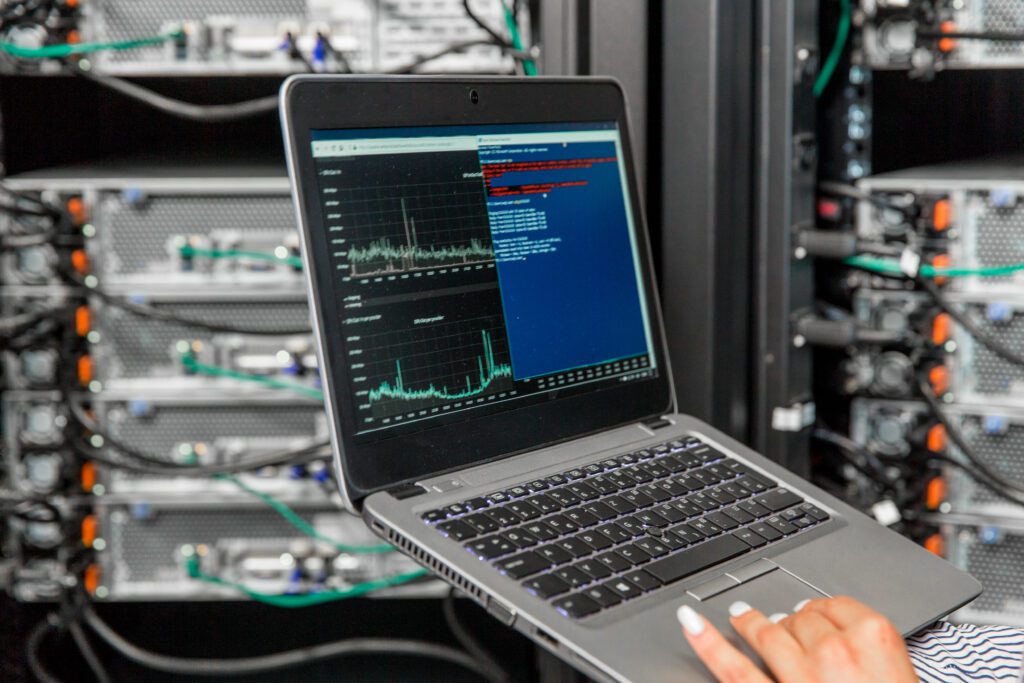For organizations operating large and critical facilities, the importance of a clean, stable, and reliable power supply cannot be understated. Power disturbance prevention is paramount, as outages in any industry can cause significant financial losses and safety risks. Energy and Power Management Systems (EPMS) are designed to minimize these losses and risks by providing operators, engineers, and facility teams with power quality diagnostics and Power Events Analysis software applications.
This is my first post in a two-part series examing how Power Events Analysis leads to minimizing disturbances and avoiding unplanned downtime.
How to overcome the challenges of operating complex electrical networks?
Facility management teams face several challenges in providing a reliable power supply while operating a complex electrical network, including:
- Aging transmission and distribution infrastructure
- More severe weather due to climate change
- Rapid integration of renewable energy into power grids
- Installation of distributed energy resources (DERs) at customer sites
- The use of digital devices containing power electronics
In particular, the rapid adoption of digital technologies creates the added issue of information overload.
A tremendous amount of data accumulates in today’s electrical networks, with hundreds of installed protection relays, power quality instruments, and power meters. Consequently, facility operators can often find themselves overwhelmed by their related alarm events.
To manage this abundance of data, facilities’ personnel must be well-coordinated with operators and engineers to quickly interpret and share information. If not, determining the origin, impact, and root cause of power disturbances can be incredibly time-consuming.
While EPMS solutions generate data to analyze a problem, transforming their data into actionable solutions can be difficult.
More often than not, highly trained staff must analyze waveforms and deduct the origin and downstream impact of the problem. If done incorrectly, power issues can be misdiagnosed or not identified at all.
In some extreme data overload cases, facility management and operations teams are even choosing to ignore or disable alarms. This highlights the criticality of ensuring that facility staff is equipped with the right tools and the requisite training to understand the data and take effective actions against power disturbances.
What is Power Events Analysis, and how can it help?
Power Events Analysis uses an EPMS to conduct alarm management and diagnose problems based on electrical equipment operating status changes and power quality information captured by smart devices.
Smart devices installed throughout the electrical distribution network can include protection relays, power quality instruments, power meters, and circuit breaker trip units.
Aligned with the alarm management standard, ANSI/ISA-18.2-2016, there are three crucial steps in Power Events Analysis:
- Detect – When unexpected or a series of related power events occur, specialized monitoring devices capture a high-resolution timestamp of the event and power quality data which the EPMS automatically uploads.
- Diagnose – Analyze the sequence of events to determine the incident’s origin, impact, probable cause, and what equipment or processes have been affected and in what way.
- Respond – Make informed decisions about what action(s) can quickly and safely address the problem and return the state of the electrical system to pre-incident operating condition or better.
With recent advances in Power Events Analysis capabilities, recovery time from power incidents can be reduced by a factor of three. This is largely due to modern power management software capabilities that utilize automatic waveform analysis, smart alarms, and timeline analysis capabilities.
The case for utilizing Power Events Analysis
According to estimates calculated by the Electric Power Research Institute, the US economy is losing between $104 billion and $164 billion yearly from power outages. It also estimates an additional $15 billion to $24 billion loss due to power quality phenomena. These power incidents can lead to millions in lost revenue, damage to the organization’s reputation, or harm to personnel.
However, with Power Events Analysis software, we believe large and critical facilities now have the data tools to limit these costly power disturbances to a minimum. To learn more, download our white paper ‘How Power Events Analysis makes facility operations and maintenance more effective.’
In my next post, I will discuss how advancements in Power Events Analysis can greatly reduce recovery times.




